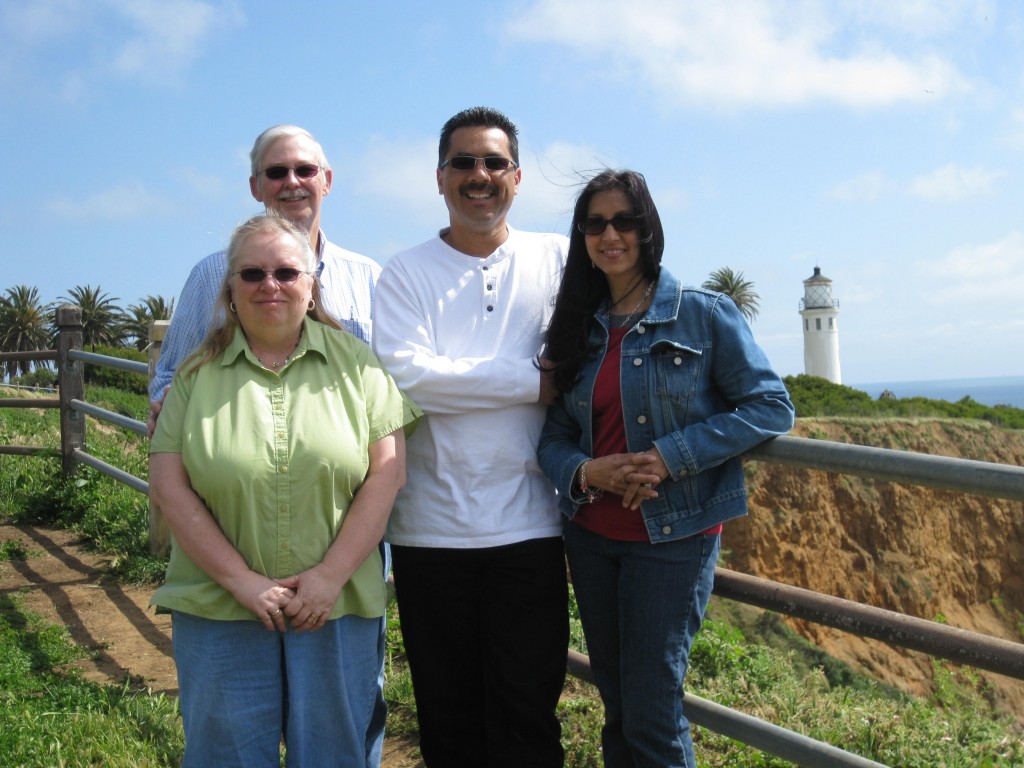 Melodee, Matt with Eddie and Jessica Torres
Melodee, Matt with Eddie and Jessica Torres
(A 23 year friendship in ministry)
Experience with Cross-Cultural Ministry
Melodee and I are hard-wired to work in a multiethnic community. God started this in Matthew in High School. “My earliest encounter with Lucho fused the desire to work with people of other races and cultures. This grew as I traveled in Mexico while in High School.”
This continued as Matthew went to College in Chicago. “God allowed me to teach in a Puerto Rican community in Chicago while at Moody Bible Institute. Leading the local gang leader, Carlos, to Christ was the confirmation of my need to work in a multi-ethnic, multi-cultural urban community. I was able to work among other races (Black, Chinese, Russian) while at Moody and found an ability to connect as I did.”
While young, Melodee wrote a report on Bolivia. While writing that report, God spoke to her and she made a commitment to work in Bolivia. While at Moody, she was able to spend a summer in Bolivia. While there, she fell in love with the people, but realized God was moving her to work with Hispanics in the United States.
Marriage and ministry enhanced this multi-ethnic, multi-cultural passion. Once married, Melodee and I worked with Hispanics in Fontana and Pico Rivera, California. It was in Pico Rivera where we found great results. Turning around a dying, urban church was a great accomplishment. We developed a long-term plan of rising up a new generation of leadership through discipleship. We started with the people we had – mostly young adults – and trained many from salvation through church leadership as ministry leaders, deacons and some as elders.
Through these experiences, we have learned a lot.
Strategies that Have Worked Well
Our strategies were simple, but they were not easy.
What We Learned in Hispanic East Los Angeles County
Among the strategies we learned and used in East Los Angeles, we employed the following effectively:
- Lots of time getting to know and be known
This meant an intentional befriending of those in the community (which was 80+% Hispanic). This built trust.
- Answering questions and instilling hope
This meant that we had to build on the trust we were establishing by enjoying life together and intentionally working to be open and approachable. This deepened trust and built great friendships.
- Vision casting and “envisioning hope” in those we were friends with
This was a process of explaining who God is and what he loves to do in an urban, multi-cultural community as we become the church. We shared with them our hope and vision of them, in the years ahead, as the next generation of leadership, mature, God-led and missional. This built excitement and willingness to participate.
- Creation of a Prayer Partners Ministry
Each pastor hand selected individuals to join his “prayer partners.” This included:
1) Individually asking people to join the prayer partner ministry
2) Hold an annual retreat and explain the ministry and call your prayer partners to uphold the pastor and the church in dedicated prayer
3) Hold a prayer partners breakfast quarterly – share the vision and the needs
4) Organize the prayer partners into weekly prayer teams
5) Provide a standardized prayer list for the pastor to pray through the week
6) Assign a team to pray for the pastor and the church on a specific weekend before worship by being physically present on campus together
7) Pastor provides a weekly update of the week’s praises, needs and the weekend’s strategy and prayer targets
8) Continue the process weekly / quarterly / annually
- A clear “road map” to spiritual growth and development
We set down and intentionally discussed what were “producing” in our discipleship / leadership process. What did “fully devoted followers of Jesus Christ” look like when we had created one, with the work of the Spirit? When we answered this question, we sat out to place the components in place that would take a person without faith and growth them, step-by-step, into either a deacon, elder or vocational pastor, missionary or Christian leader. This built credibility, as we were one of the only churches in our community that actually published our road map and programmed to accomplish it.
- Discipleship and leadership development
Soon these men and women were ready to grow in a more organized methodology. We started with the Purpose Driven Church model, implementing CLASS 101, 201, 301, and 401. We did individual mentoring and discipleship. I began a monthly leadership training of all leaders and servants in the church. We learned together, strategized together and prayed together. This built a young team of new leaders who began to step up and into ministry, as well as sharing their excitement with friends and inviting them to worship, and then to Christ.
- Repetition and continued discipleship and leadership development
Since we had created a road map for every believer to follow to grow from salvation through the highest levels of leadership, people were willing to take these steps themselves, and more importantly, lead others through these steps. This built depth in numbers of leaders and in the quality of their leadership.
- Area and regional trainings to learn
Key to growing effective volunteer leaders was the need to take them to trainings where they could see (1) they were not alone, (2) there were answers to their ministry questions and (3) the value of networking and developing valuable friendships. We have taken volunteers to Purpose Driven conference, youth ministry conference, children’s conferences and I have taken many men to Pastors conferences as far away as Moody Bible Institute in Chicago.
- Area and regional trainings to teach
For those leaders who excelled in their leadership, we were able to take them to conferences as speakers and trainers of trainers. This was a great blessing to the individual when they realized they really were growing and could minister to the greater body of Jesus Christ. Several of the men stepped in when a local pastor took ill with cancer and filled his pulpit for two months while the church made decisions. This built courage and maturity.
In part 2 of Cross Cultural Ministry Lessons we will share more of the strategic lessons we have learned in the real world of ministry on the American “foreign field.”




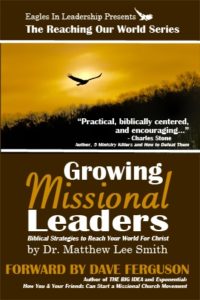
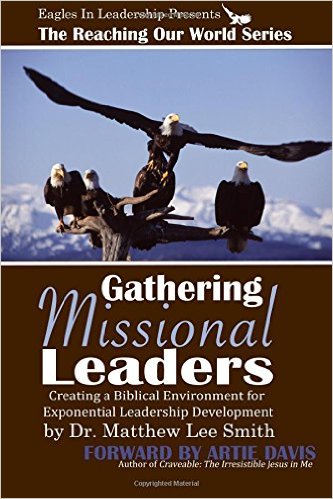
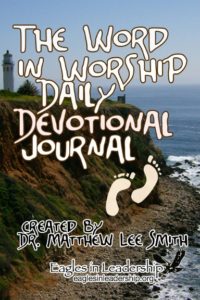
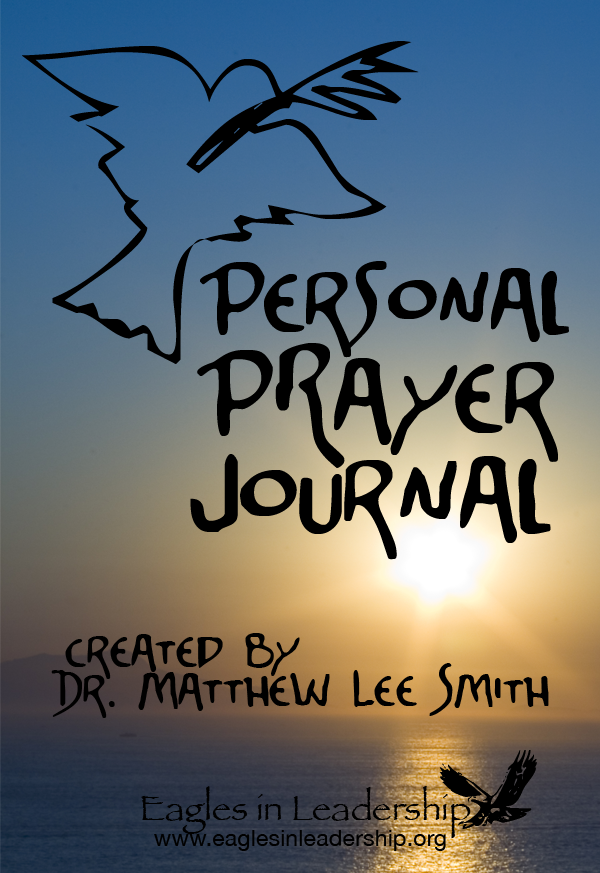
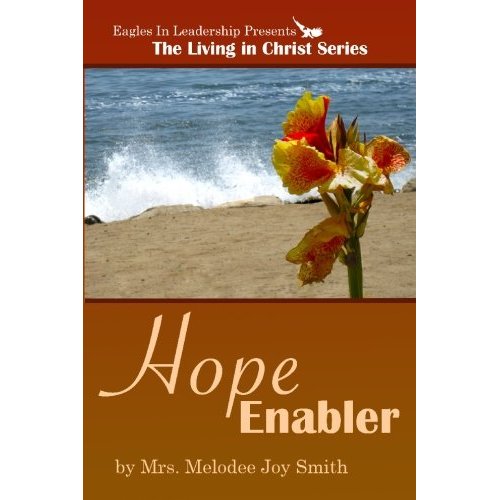



Pingback: Cross-Cultural Ministry Lessons